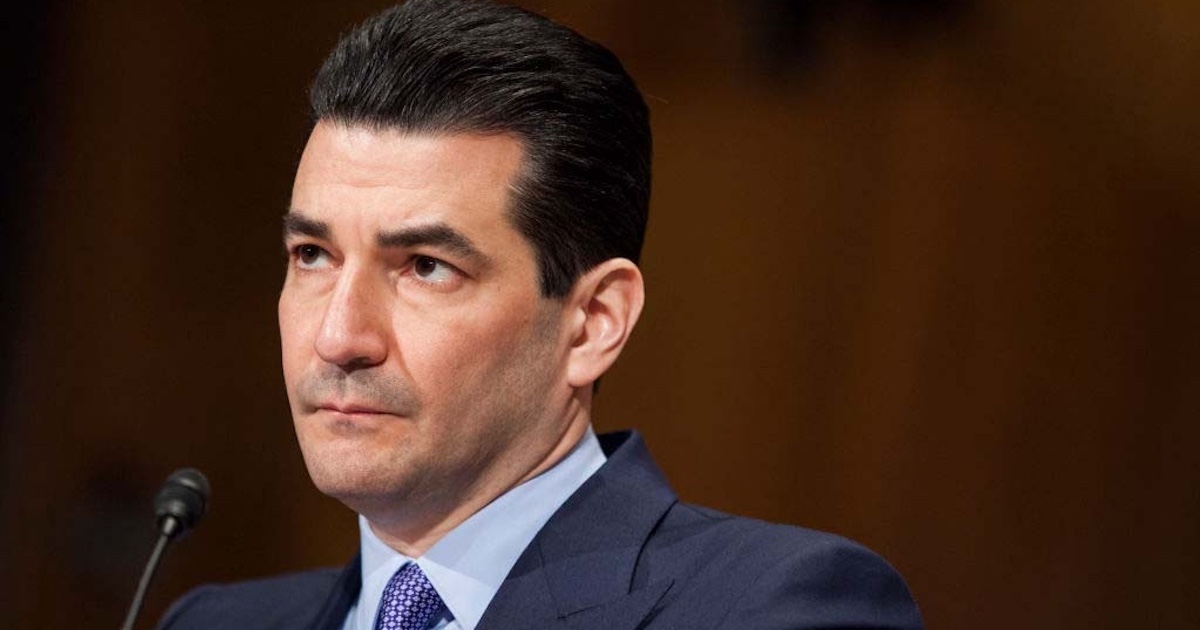 Robert Jarrin, senior director of government affairs for Qualcomm, wasn’t thrilled by the fact that the federal stimulus for health IT was so heavily slanted toward electronic health records, with little direct focus on wireless and mobile technology.
Robert Jarrin, senior director of government affairs for Qualcomm, wasn’t thrilled by the fact that the federal stimulus for health IT was so heavily slanted toward electronic health records, with little direct focus on wireless and mobile technology.
“The issue that we’ve had from a mobile perspective with that entire process is that when they talk about health information technology, they really have limited themselves to talking about the exchange of electronic health records,” Jarrin said Wednesday in Washington, D.C. “HIT is much broader than that. Mobile health is a part of that ecosystem, and, quite frankly, it’s almost the most important part.”
Qualcomm, through its Wireless Reach initiative, funded a pilot by George Washington University Medical Center and not-for-profit technology advocate One Economy to study how the Pill Phone mobile app might improve medication compliance among chronically ill Medicaid patients. The company brought several journalists to Washington this week to see the results of the pilot and meet with some of the organizers.
“When a human being is wearing a sensor, a medical device, and has an application like the Pill Phone, which is taking readings directly from a human being, that’s an important aspect that hasn’t really been taken into consideration,” Jarrin explained. “There’s no emphasis on the side that really touches the patient, so in essence we’re just creating this continuation of this culture of walking around with a manila folder, where people write stuff down and then have to go and transmit it somehow, manually input.”
Still, he calls the American Recovery and Reinvestment Act a “game changer” for wireless health because the stimulus legislation is pumping billions into health IT, mostly via the $27 billion “meaningful use” EHR incentive program. For one thing, it will be hard to achieve true interoperability of health information until more health IT infrastructure is in place.
Jarrin, who has been involved in mobile and wireless healthcare since 2004, recalled trying to explain the industry to outsiders back in the early days of his tenure. “It was almost like an esoteric concept,” he said.
The same could have been true for health IT in general until 2004, when President George W. Bush created the Office of the National Coordinator for Health Information Technology by executive order. “Prior to that, there was not really a concerted effort within the government to push the idea of health information technology,” Jarrin told MobiHealthNews. ARRA, passed early in the presidency of Barack Obama, formalized ONC.
The Patient Protection and Affordable Care Act, the controversial 2010 healthcare reform bill that’s been widely vilified even though countless politicians are only talking about the insurance aspects of it, also is reshaping the landscape, Jarrin said. “Nestled within that act are over 20 references to different things that really stress health information technology,” he noted. Of particular interest is the creation of the Center for Medicare and Medicaid Innovation within CMS.
According to Jarrin, there are 20 physicians, mostly Republicans, in the new Congress, and many of them are talking about rolling back certain aspects of the Affordable Care Act. “I think if they really were to consider what’s in the healthcare reform law, they would actually stress those portions of HIT. That speaks directly to what they want to do,” he said. “With new markets comes new business, with new business come jobs. That’s really at the heart of this.”
But a paradox in American culture may be holding back greater innovation. From Qualcomm’s perspective, it’s a big motivator. “In one place we have over 5 billion people that have a cell phone, a mobile device. In this other universe, at least in the U.S., one out of two people have a chronic disease. Seven out of 10 people die in America with a chronic disease,” Jarrin said.
“This is a very pervasive problem in America. But then we have this other, parallel universe of technology, which is the most ubiquitous thing America has. What do people carry with them? Your cell phone, your keys and money.” And, he believes, people eventually will ditch keys and money in favor of something electronic.
“The fact that we have this huge problem and this huge technological solution that’s available really merits industry to work with other industry, which normally hasn’t worked, and that’s the whole idea of Qualcomm trying to enable wireless healthcare. That’s really where our interest is,” Jarrin said. “We’re trying to get all the right people to work together in order to make thing like this happen.”


